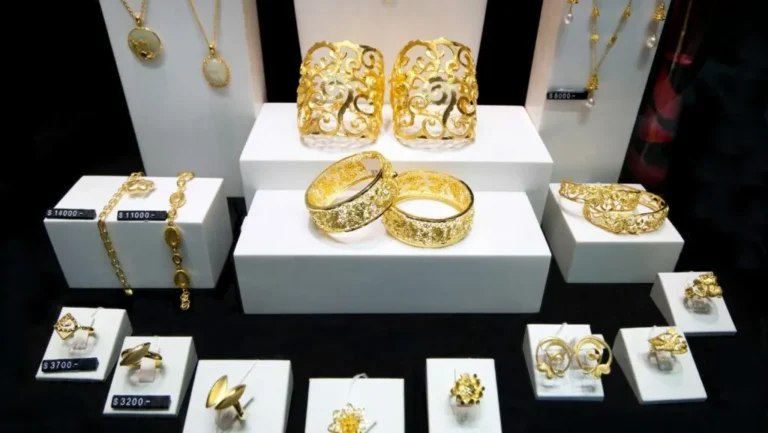Buying jewelry is usually a deliberate step, as sometimes jewelry turns out to be an attractive investment. So, for buyers who consider it in this context, questions like: “What am I really paying for?” arises. Indeed, it happens that two almost identical jewelry pieces made of the same material from different brands differ greatly in price. We will explain below why this happens and how not to miscalculate with your choice.
How the Jewelry Market Is Organized
Formally, the world jewelry market is divided into two large segments: mass and premium. In the mass segment, fixed or mixed pricing most often dominates, where the price is determined for the product as a whole (including labor costs, marketing, etc.), and not for a gram of precious metal. As for the premium segment, there is a possibility of encountering individual markups for the brand, design, limited edition, and even the location of the boutique. So how do you understand where the price is fair, and where you will have to pay a large markup?Fairness of Weight-Based Pricing
Weight-based pricing in the jewelry industry implies a direct proportional dependence of the cost of a piece of jewelry on the weight of the precious metal used and its external exchange value. Additionally, brands can consider the metal sample, labor costs, design (some jewelry houses create iconic designs that many mass brands copy), as well as inserts – stones, enamel, etc.
- Transparent pricing. You always see what you are paying for – for example, if the price per gram of 585 gold is X dollars, and the product weighs Y grams, then this product’s price can be calculated in one step. This is especially attractive for online buyers, who find it impossible to try on or touch the product item.
- Minimized markups. Brands and stores that follow fixed pricing often include in the price a marketing markup, rent of luxury premises, as well as packaging, advertising, and other aspects that help them to implement sales. As a result, the product turns out to be too overpriced.
- Investment attractiveness. For many people, buying jewelry becomes an investment in metal, and when it is made according to the weight of the product and the price per 1 gram, it can be sold on the secondary market without significant losses. Moreover, depending on the brand, material, and design, many of these pieces of jewelry increase in value over the years, so reselling them can even be profitable.
- The ability to compare similar items from several brands. Weight pricing allows buyers to objectively compare two products and quickly answers the question of who has a higher price per gram, and who is more honest in packaging the cost.
- Quality control. Finally, honest sellers who focus on the weight-based model also indicate the exact metal sample and provide all the information about the inserts and cut. This ensures that you will not receive, for example, a 2-gram ring at the price of a 5-gram one.




